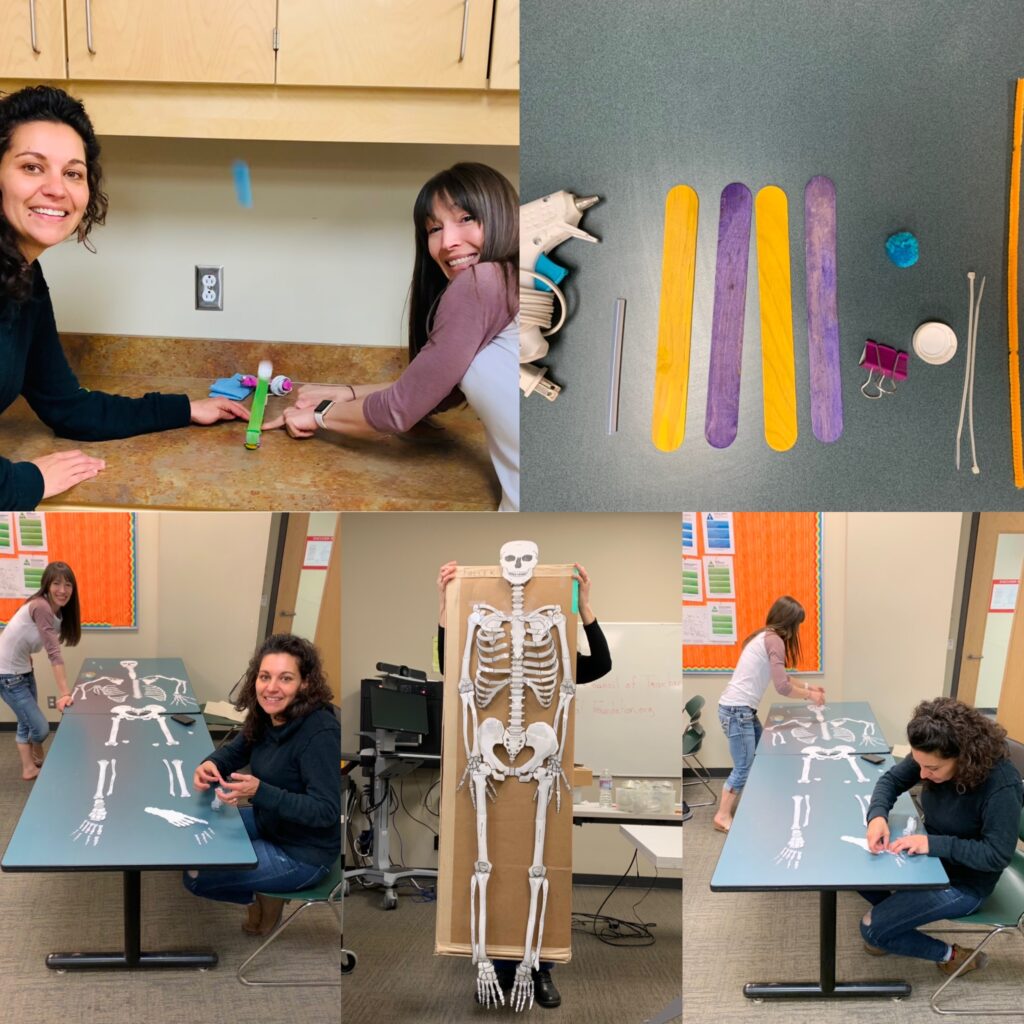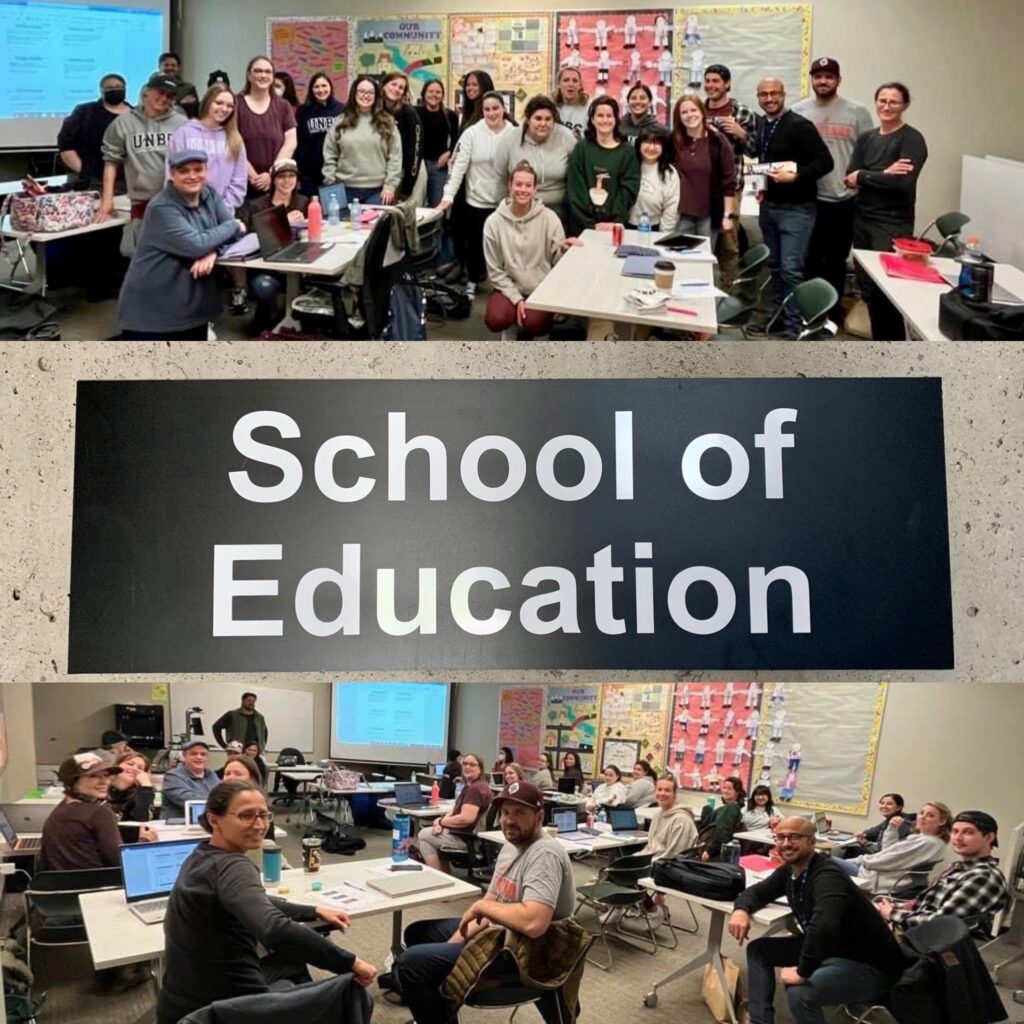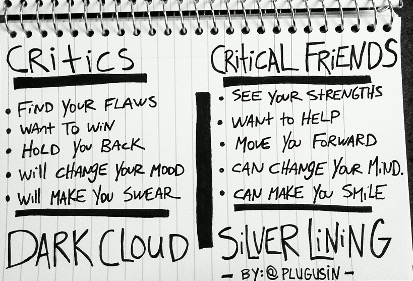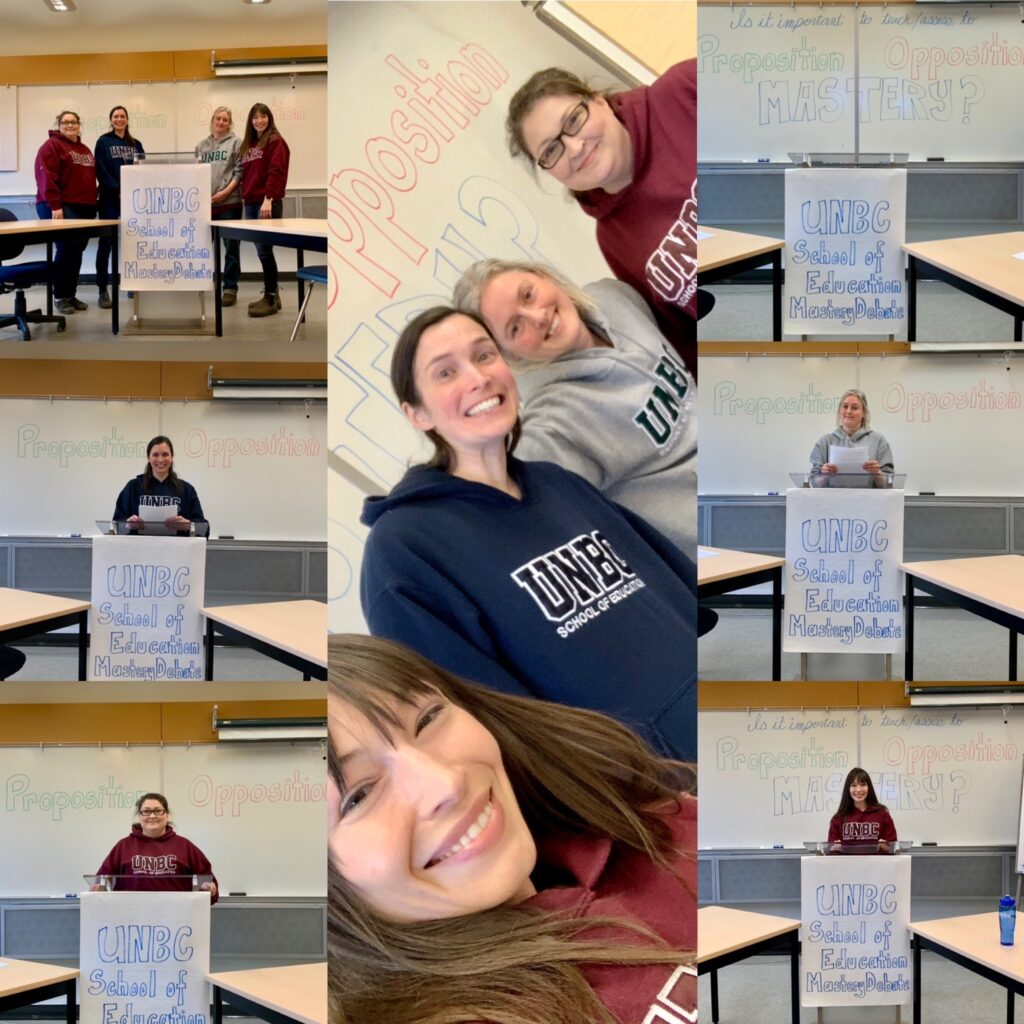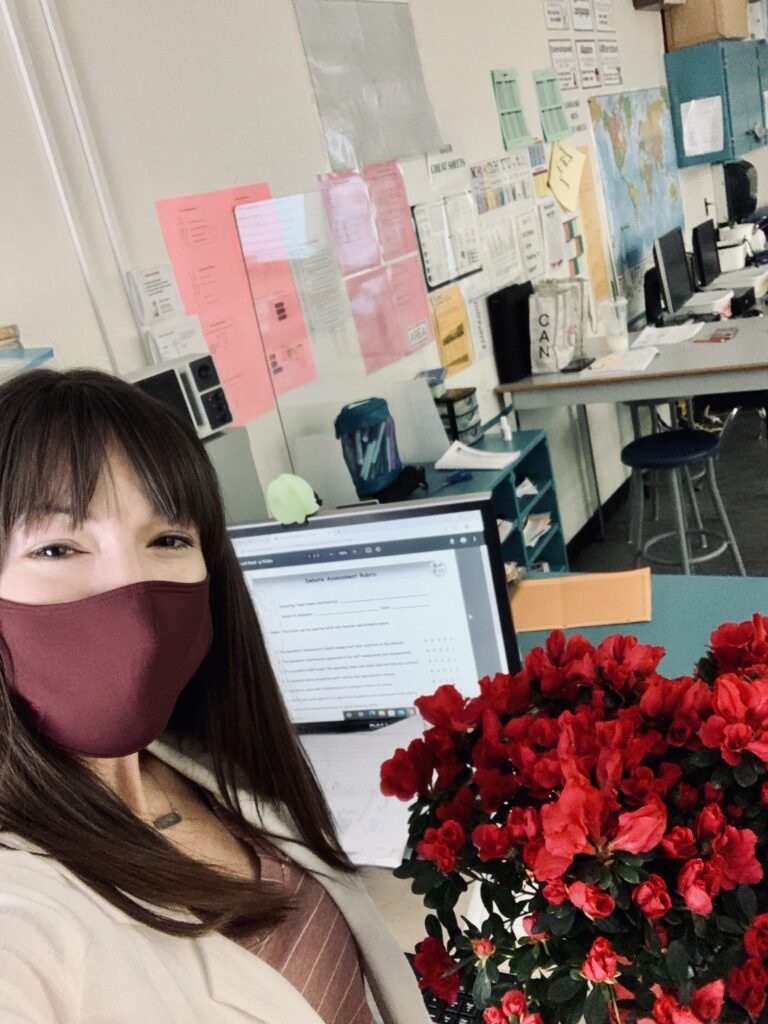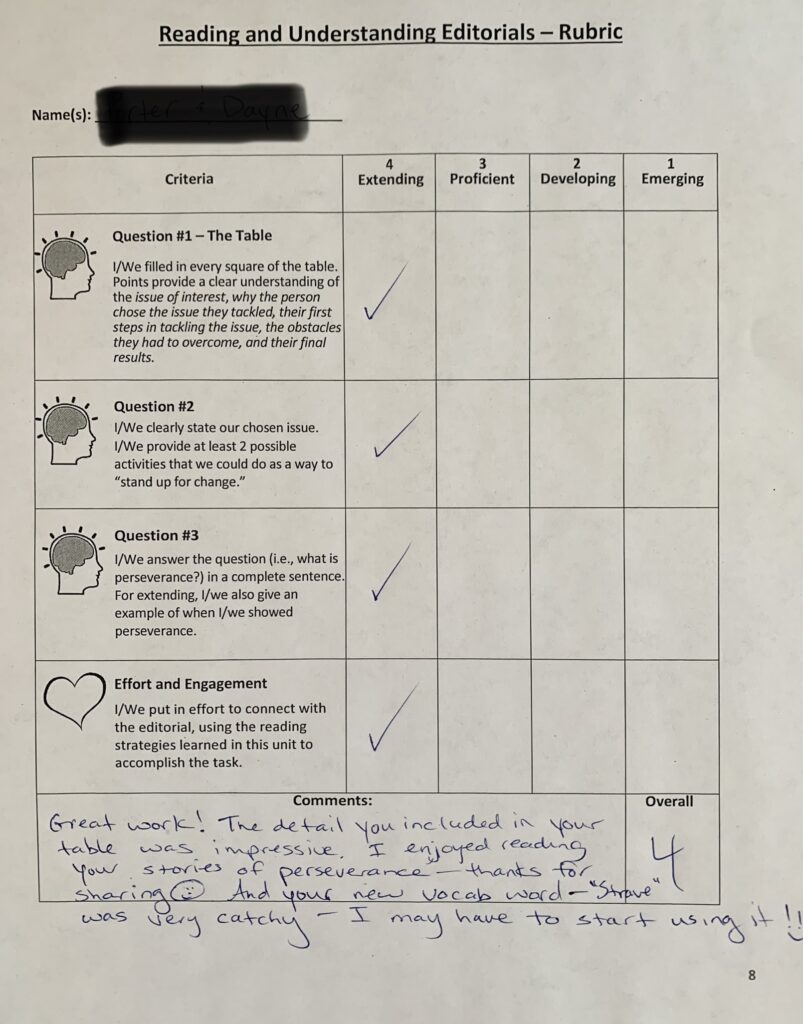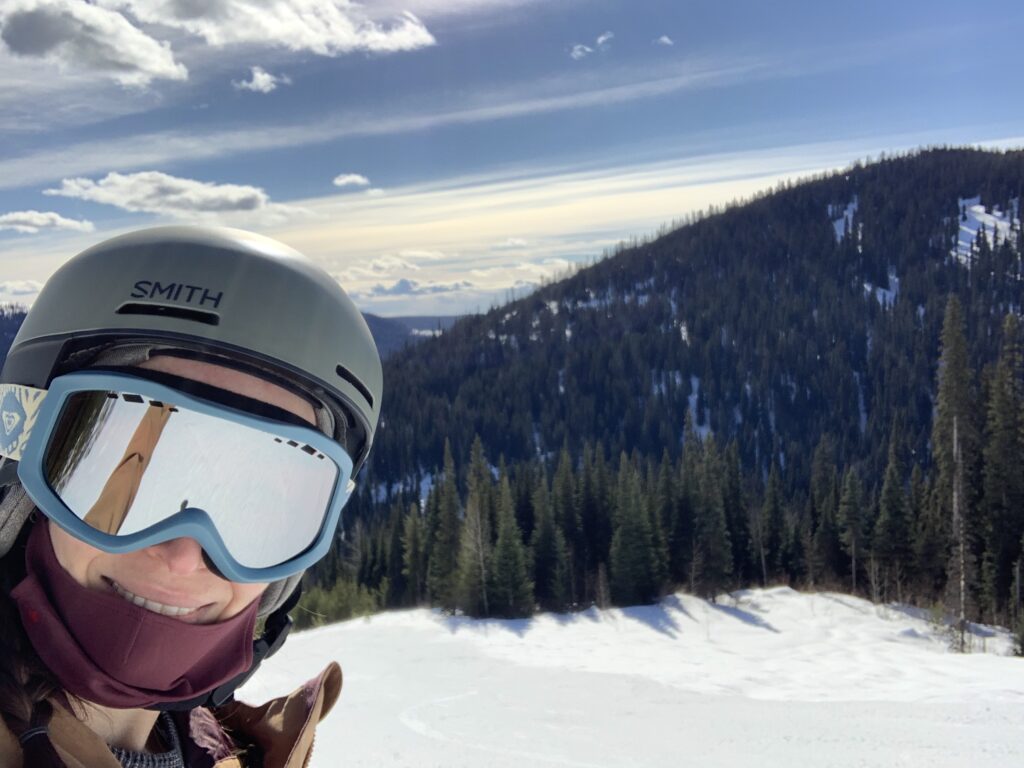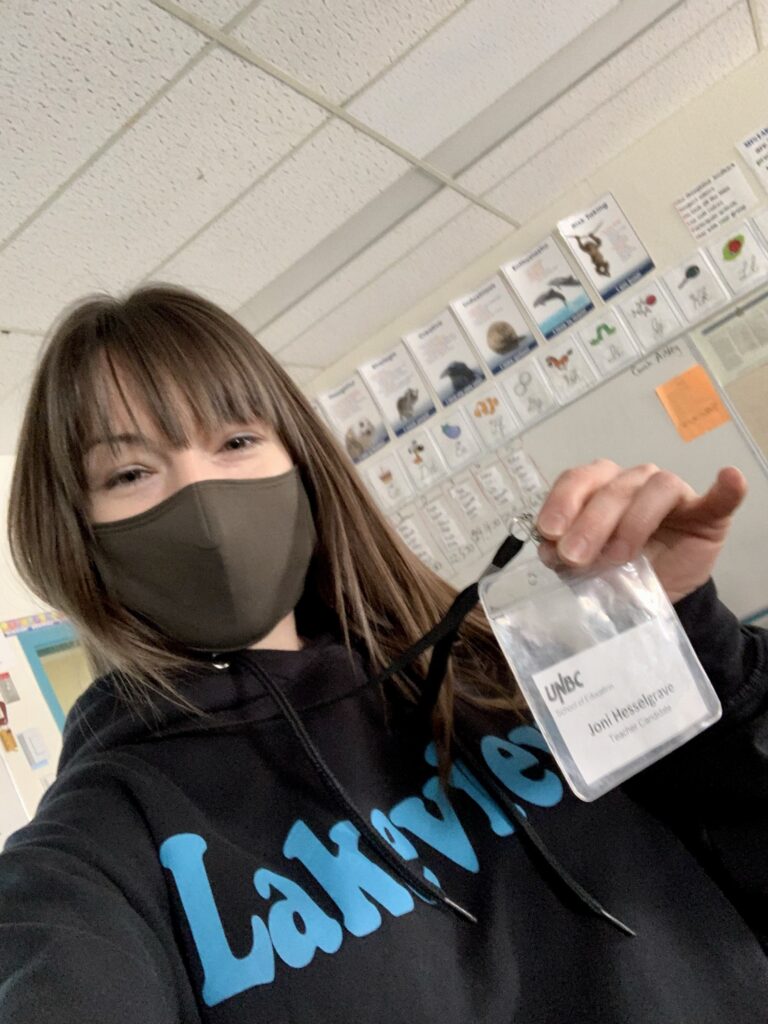Steven Katz, speaking at the Learning Exchange, said it best: “We teach the kids we’ve got to the best of our ability”—that is, teachers don’t wake up and go to work believing that their students deserve sub-par instruction, or sub-par lessons. Rather, teachers go to work knowing that their students deserve the ultimate best of them and what they can provide. They know that what matters most for their learners is quality classroom instruction. But what IF a teacher’s best isn’t good enough? What IF one isn’t equipped to teach a certain subject or grade-level? What IF, despite (or in spite of) our teaching, our students don’t get it?
We can’t forget that we, as future elementary teachers, are not being trained as specialists, but rather as generalists. We will emerge from the School of Education as holders of a vast amount of theory and generalized knowledge on how to teach, but little in the way of subject-specific brilliance. It isn’t uncommon, then, for some material to be too much for a single teacher—too complex, too abstract, too detailed, etc. This is especially true in teaching Mathematics and Science, where the breadth of knowledge becomes highly sophisticated as you progress through the curriculum. And, as hard as teachers try, and as robust as classroom instruction may be, there will still be students that just do not get what is being taught. What THEN?
Well, according to Katz, we must plan for it: we must make a Theory of Action statement to solve the problems of practice we encounter (2014a). Personally, I do not have a prior degree in Math or Science, and so lack the level of wisdom required to step into a classroom and naturally teach my students Mathematics or Science to a vigorous degree. Let’s not kid one another; my background is in the Social Sciences, and History and Social Geography are my lines of expertise. I’ve said it before, and it bears repeating here: I am a voodoo of people, place, and time—not numbers, formulas, and equations! So, for me to be an effective Math and Science teacher, a Theory of Action statement is a must!
But what exactly is a Theory of Action statement? According to Katz, it is an inquiry framework for teachers, one that entails a series of crucial steps intended to define challenges of practice so that one can take steps toward bettering their teaching practice (2014b). Step one requires teachers to ask themselves: “What is my challenge of practice and why?” Katz stresses the why and argues that it cannot be neglected as it addresses the evidence of need (i.e., teacher need, student need, classroom need, etc.). In my case, I am not dealing with specific student or classroom needs (yet), so my Theory of Action statement currently addresses my specific needs as a teacher—that is, what do I need to do (what course of action must I take), to become the best teacher of Math and Science possible.
Katz’s Theory of Action is about intentionality—about mapping out, as specifically as possible, how things are going to work out. According to Katz, “if you can’t map it out in theory, you will never map it out in practice” (2014b). Thus, after defining a challenge of practice, step two becomes “what are you going to do about it?” Katz urges us to create a working hypothesis and a series of if/then statements, where the first “then” becomes the next “if”, and so on and so forth. He urges us to be specific: to define all the links in the chain and lay out how one plans to get from where they are, to where they want to be. Along the way, he urges us to monitor ourselves against success criteria, gauge how well we are doing, and decide whether we need to adjust.
Without realizing it, I had developed, and have been acting upon, a Theory of Action statement since April 2019, when I graduated from the University of Northern British Columbia with my Bachelor of Arts degree. At that time, I knew I wanted to go on and become a teacher but wanted to gain experience (and save $$) prior to committing to the two-year program. So, I began teaching as an uncertified teacher on-call (UTTOC) and formulated my first if/then statement: IF I enjoy teaching on call, THEN I will take further steps to become a full-time teacher. It only took a few short months for me to realize that I could really “do this” but even less to see that I had a serious case of “math anxiety.” It had been fifteen years since I had taken, or engaged with, structured math, and my math sense needed “refreshed.” That is when I developed my second if/then statement: IF I want to continue teaching, THEN I must take a Mathematics refresher course.
Fast forward to Spring 2021, when I enrolled myself in Math for Elementary and Middle School Teachers, and you arrive at my third if/then statement: IF I pass this course, THEN I can apply for a spot as a Teacher Candidate in the first ever UNBC-Quesnel Bachelor of Education program (commencing September 2021). I applied myself, worked diligently to master all the math concepts covered in the course, passed with an A-, and (most importantly), came out feeling more confident to teach the elementary and middle school math concepts I was required to teach as a UTTOC. With this heightened confidence, and all the credentials I needed, I created my fourth if/then statement: IF I get into UNBC’s School of Education program, THEN I will apply myself 100% to becoming the best teacher I can, particularly focusing on what challenges me (i.e., math and science). This is exactly what I have done in class, on assignments, and during my practicums. It is what I am doing, and will continue to do, until graduation in April 2023.
I have read every assigned article (and many more that were unassigned) on how to improve Math and Science education via curriculum, instructional approaches, learning designs, and resources. I have collaborated with my peers and engaged in dialogue with professors, instructors, coaching teachers, and colleagues. This, therefore, brings me to my fifth and final (for now) if/then statement: IF I graduate from the Teacher Education program, THEN I will take everything I have learned into the classroom and to my students. For them, I will continue to read articles, research, and enroll in professional development opportunities to further develop my skills in Math and Science instruction. As Katz attests: the element of challenge is crucial. We need to surround ourselves with challenging people (colleagues, professionals, students, etc.) and challenging ideas. We need to interact with these people and ideas in ways that challenge our limitations of understanding. And, if we want to find ways to make what’s not working, work, we must challenge our own thoughts ideas, beliefs, and modes of practice (2014c).
Alas, IF Katz (and other educators) can do this, THEN so can I!
References
Katz, Steven. (2014a, February 20). “Teachers Matter.” [Vimeo] Professional Learning Supports. Uploaded May 20, 2022 from https://vimeo.com/87241809
Katz, Steven. (2014b, February 20). “Theory of Action.” [Vimeo] Professional Learning Supports. Uploaded May 20, 2022 from https://vimeo.com/87242143
Katz, Steven. (2014c, February 20). “Intentional Interruptions.” [Vimeo] Professional Learning Supports. Uploaded May 20, 2022 from https://vimeo.com/87242535


